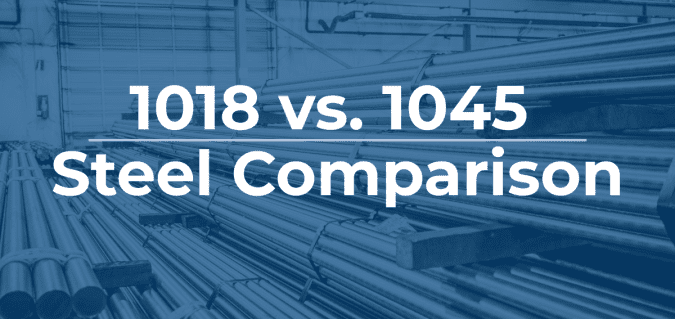Industry 4.0 Adoption and Its Impact on Steel Supply
Industry 4.0 has drastically changed almost every industry globally, and the steel industry, despite being one of the world’s oldest industries, is no exception. Let’s explore how Industry 4.0 is shaping and revolutionizing the steel industry. What is Industry 4.0 and How Does it Relate to the Steel Industry? Often referred to as the fourth […]
read MoreEmployee Spotlight: Meet Ricky and Richard Heyer!
In this edition of our employee highlight series, we spotlight our very own father-and-son duo: Richard Heyer, who works in Shipping & Receiving, and Ricky Heyer, our Draw Bench Operator. We delve into their careers, their passions, and their answers to a few fun questions along the way! In the first section of this blog […]
read MoreAll About the Buy American Act: How Can it Help Steel Manufacturers?
Originally signed into law by President Herbert Hoover on his final day in office in 1933, the Buy American Act has been revised a number of times since, all with the goal of strengthening American industries and creating jobs for American workers. What is the Buy American Act? The Buy American Act became a United […]
read MoreEmployee Spotlight: Say Hello to De’Anna Smith, our Human Resources Manager!
In this month’s edition of our employee highlight series, we’re excited to showcase De’Anna Smith, our Human Resources Manager here at Capital Steel & Wire. Let’s take a closer look at her career, interests, and many other things that make her amazing! How many years have you worked at Capital Steel & Wire? It will […]
read MoreEmployee Spotlight: Meet Dakota Steele, our Quality Associate!
In this edition of our employee spotlight series, we get to learn more about Dakota Steele, our amazing Quality Associate here at Capital Steel & Wire. Join us as we dive into Dakota’s thoughts on his job, his cool hobbies, and what makes him such an awesome part of our team! How many years have […]
read More1018 vs. 1045 Steel Comparison: Chemical & Mechanical Properties
The 1018 and 1045 grades of carbon steel are some of the most widely used materials in the world, particularly in their cold drawn steel bar forms. However, many struggle with differentiating between the two steel grades and deciding which grade would be best for their project. As experts in all things steel, we compiled […]
read MoreEmployee Spotlight: Get to Know Nicole Toune, our Director of Supply Chain
In this edition of our employee spotlight series, we take a closer look at Nicole Toune, our dedicated Director of Supply Chain at Capital Steel & Wire. Join us as we explore Nicole’s insights on her job, her passions, and what makes her a valuable leader within our team! How many years have you worked […]
read MoreHow Does Rust Form & Ways to Prevent Steel from Rusting
Despite being one of the most common and useful materials for manufacturing, steel has always had one major flaw: it rusts. We often see the dark brown or red color and flaky material on old bridges, old buildings, and on steel that has been left out in the open for too long. So, why does […]
read MoreElectric Cars & Internal Combustion Engines: Implications for the Demand of US Steel
As electric vehicle use continues to grow, the easiest difference for most people to see is the obvious: electric vehicles are powered by batteries rather than internal combustion engines, which reduces the carbon footprint of travelers and manufacturers alike. That’s true, but when we look closer, the quest to reduce carbon emissions is also creating […]
read MoreCSW Honored as a 2025 Woman-Owned Small Business of the Year
Capital Steel & Wire has been recognized as a 2025 Woman-Owned Small Business of the Year, presented by Michigan Celebrates Small Business. Capital Steel & Wire will be recognized and celebrated during an awards ceremony in East Lansing on April 22, 2025. Michigan Celebrates Small Business offers a platform for Michigan entrepreneurs to be recognized […]
read More














